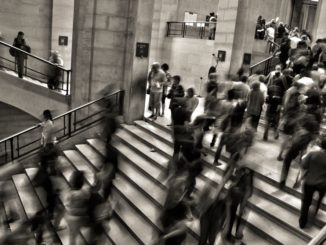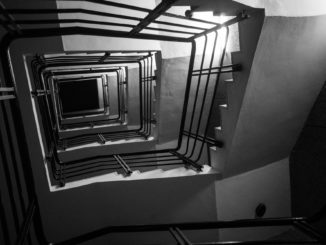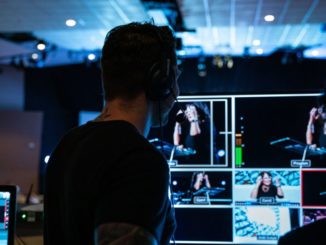
Since the work of Charles Bell in the early nineteenth century, it has been known that muscles are richly innervated with sensory nerve-endings. Nearly two centuries of stimulus-response psychology have ignored the most likely implication of such a finding – that behaviour is the control of sensory input, rather than simply the end of a chain of output signals… Or as Charles Bell (1826) put it: “I shall first enquire, if it be necessary to the governance of the muscular frame, that there be consciousness of the state or degree of action of the muscles?” (p. 167). For ‘governance’ read control and for ‘consciousness’ read ‘perception’.
Bill Powers developed PCT with biology in mind. We can split the relevance of PCT into two parts – function and structure.
Function
Perceptual control systems have the same function as many of the body’s physiological systems – to keep important variables within fixed limits. Within the body, these variables are physical – blood sugar levels, hormone levels, body temperature, are examples. We need a process – homeostasis – to keep warm regardless of the extremes of temperature around us. Homeostasis works through negative feedback systems that are analogous to those in PCT. Indeed, Professor Roger Carpenter at University of Cambridge, UK, has explained how PCT can go ‘full circle’ inform our understanding of homeostasis.
Bill Powers proposes that perceptual variables are controlled by the nervous system. These may include levels of light, degree of comfort, and closeness to others. Gary Cziko, in his book The Things We Do, makes this case in an accessible and persuasive way. Bill Powers has written an online paper on this topic.
We can see control systems operating in nature – for example, where newly hatched ducklings keep a close distance to their parent, and where flying geese maintain a specific distance and angle from the bird in front of them.

A recent paper in the journal Animal Behaviour by illustrates that rats act to control their perception – in this case their personal distance from another rat, contrary to long held views that their behaviour is ‘triggered by stimuli’. Pellis and Bell (2011) expand on this view in their review article. There is an emerging consensus that ‘closed loop’ analyses are essential to understanding animal behaviour, and yet many researchers are yet to take the full step to consider that perception is controlled, not behaviour.http://www.youtube.com/embed/QkM6p5J5GwA
Rick Marken discusses how PCT can be used to model these kind of natural phenomena. As another example, Frans Plooij and colleagues have used PCT to explain early development in the chimpanzee.

In one study on PCT, Wayne Hershberger (1986) showed how the environment can be changed to switch negative to positive feedback, leading baby chicks to literally run away from their food.
Contemporary studies of motor control reveal that people are highly flexible in their use of action, and can even elicit ‘impossible’ movements to control their current perception effectively. For example, see Franz Mechsner and colleagues study in Nature.
Once you know how PCT works, you can start to see these systems in action throughout nature. Bill Powers uses the humble bacterium, E. Coli, to illustrate ‘reorganisation’ in action. In his computer simulation, he shows how the bug can navigate its way towards high concentrations of certain chemicals using a very simple control system.

It uses a long tail called a flagellum to propel itself in one direction only. As long as this keeps it heading towards a higher concentration, nothing changes. However, when concentration drops, it flicks out its flagella randomly and tries a new direction. If this leads to an increase in the chemical this direction is maintained. If not, it flicks out randomly again and again, until it is heading up the chemical gradient.
Evolution
Does this process of random change and selection ring any bells? Gary Cziko makes the case that it is analogous to evolution by natural selection in his book Without Miracles. This case is expanded in wonderful detail in a chapter in Dawkins & Ridley’s ‘Oxford Surveys in Evolutionary Biology’ by Ted Cloak. The same author has updated his work in an video-supported online article that provides a mechanism for cultural evolution through what has been termed the ‘meme’ (Dawkins, 1976).
There is an emerging view that evolution is essentially a process of negative feedback control. An even more radical and exciting perspective informed by PCT is that because organisms are partly responsible for driving their own direction of evolution – ‘evolution on purpose’ (Corning, 2013). Powers himself wrote a compelling case for the origin of life as the emergence of control within chains of biochemicals.
Warren Mansell makes the case for the links between Darwin’s approach to evolution and the approach of PCT to psychology in a recent talk:https://www.youtube.com/embed/vQ3lY1U60MM
Structure
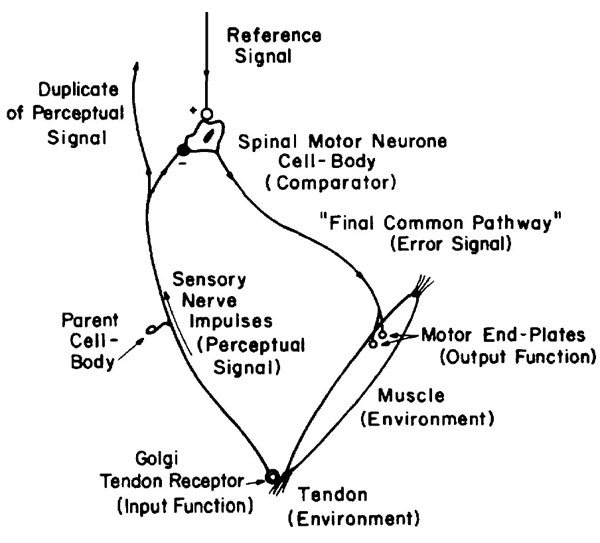
It is one thing to say that PCT is analogous to processes in biology. In the book Behavior: The Control of Perception Bill suggests that it is more than simply an analogy. He explains how neurones can be arranged to operate as control systems. The above illustration taken from Behaviour: The Control of Perception provides one example. Powers (1999) describes a computer model of arm movement that illustrates the physiological and physical basis of PCT. This model has been updated and available to download on Bill Powers’ home page. Interestingly, Powers’ description of the physiological basis of PCT resonates with early work of John Hughlings Jackson and Nikolai Bernstein. As such, to some extent, it converges with contemporary work on the equilibrium point hypothesis. A 1973 paper by Martin Taylor on tactile perception also showed some convergence with Powers’ ideas.
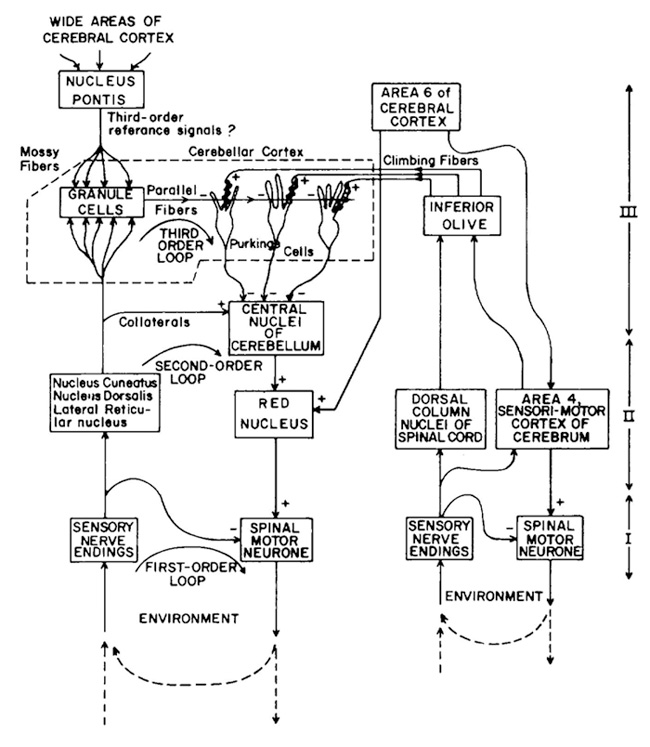
PCT proposes that many systems operating continuously and in parallel – this fits with how the nervous system is arranged. We also know that there are just as many nerve signals going upstream from senses (afferent pathways) to higher centres of the brain as there are going in the opposite direction (efferent pathways). These pathways are closely associated and the structure fits closely with the way information travels within a control system hierarchy. In the above figure, Bill Powers provides one model of the organisation of such a system within the nervous system.
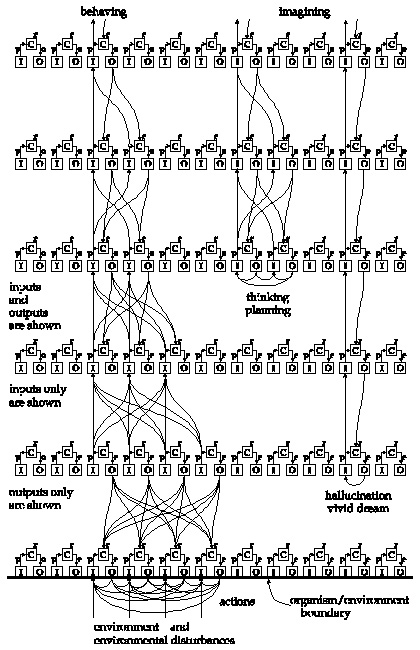
Within a complex hierarchy of control loops, reorganisation is responsible for randomly altering the connection strengths between each loop in adjacent layers in proportion to the error, both up and down the hierarchy. In this way, PCT has elements of connectionism, but the system is driven by internal goals rather than being ‘trained’ by the environment; instead of a ‘hidden layer’ we have a sophisticated hierarchical network of control loops. This proposal is consistent with hierarchical models of speech generation and perception, e.g. Kiebel et al. (2008). Indeed, neuroanatomical studies are being to isolate specific brain regions are responsible for control particular levels of perception within the hierarchy – for example sequences controlled within the neustriatum.
There are a wealth of other papers in neuroscience that explore key processes that are relevant to PCT, such as studies of goal conflict (e.g. Botvinick et al., 2001), eye movement control, hierachical cognitive control, hierarchical processing in prefrontal areas , neural reorganisation within controllable and uncontrollable states (Huether, 1998) , and the control of attention (e.g. Nagahama et al., 2001). Yet most of these papers do not cite the theory. A key exception is by Klopf et al. (1993) – they decribe a hierarchical control system that learns that is based around PCT, although they continue to employ traditional approaches to learning. A recent study (Marken, Mansell & Khatib, 2013), however, has indicated that the delay in carrying out a complex behaviour could be accounted for by delays in perceptual control, rather than in any planned output signals. Henry Yin at Duke University has also recently used PCT to explain the operation of the basal ganglia. He has supplemented this with a role of dopamine in influencing the gain of these systems (Barter et al., 2015).
For details on how Bill Powers proposes the structure and function of neurones can form the basic building blocks of PCT (summing, subtracting, integrating, differentiating, multiplying), see Chapter 3 of Powers (1973).
Perhaps one of the most persuasive accounts of how fundamental perception is to motor control, see the moving documentary below about Ian Waterman, who lost his ability to walk and coordinate after his proprioceptive nerves were destroyed by a virus. He regained his ability to walk through tirelessly replacing proprioception with his purposeful mental imagery. https://www.youtube.com/embed/FKxyJfE831Q
Biases and Constraints
Perceptual control does not ensure that all behaviour is sufficiently variable to be adaptive. In fact there are constraints provided by the environment, the body, and the evolved structure of the nervous system that may mean perceptual control is sub-optimal, or an arbitrary choice. Within PCT, reorganisation often has the capacity to address these biases and constraints. These issues are thoroughly explored by Pellis (2014).
Feedback and Feedforward
One key assumption in contemporary theores of control is that the brain needs to build an anticipatory model of the world for its actions; this is known as ‘feedforward’. However, in a hierarchical PCT model, the downward signals sent to lower levels are equivalent to such feedforward models, and form a more parsimonious account. Bill Powers explains this in a recent account and illustrates this important point in comparable models of feedback and feedforward. He also critiques Todorov’s Optimal Control Theory in a brief article.
Efference Copy
Related to the debate of feedforward control, PCT also critiques the notion that an ‘efference copy’ of the signals driving muscle movement is necessary to stabilise perception, such as the stability of the visual scene to the eye. Existing evidence is consistent with the computationally simpler PCT view, that the (desired) stability of the visual scene is assumed, and therefore no efference copy required, unless a clear discrepancy in the visual scene is detected (Bridgeman, 2007). In recent studies where an ‘efference copy’ has been inferred, its function appears to be to operate as a perceptual goal rather than as a prediction of the exact motor response, consistent with PCT (Niziolek et al., 2015).
Medical Practice
Rick Marken reports on a computer modelling procedure to test ways of reducing errors in everday medical practice. A qualitative study within pharmacy has supported a PCT account of medical prescribing. Tim Carey explains how ‘health is control’ and so the huge relevance of PCT to medicine.
Note: this page was drafted a few years ago on http://pctweb.org/: information needs to be updated. Volunteers welcome.

